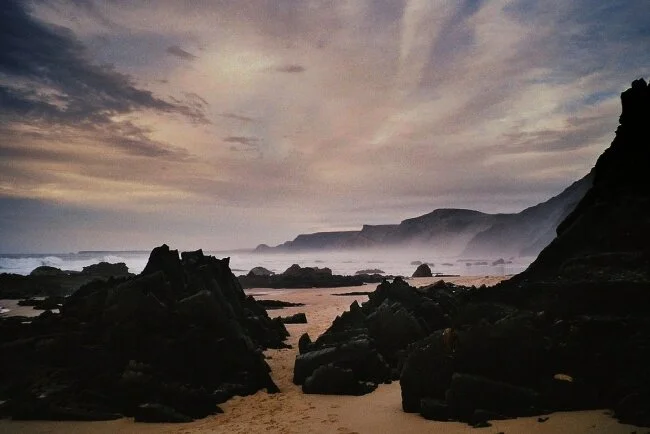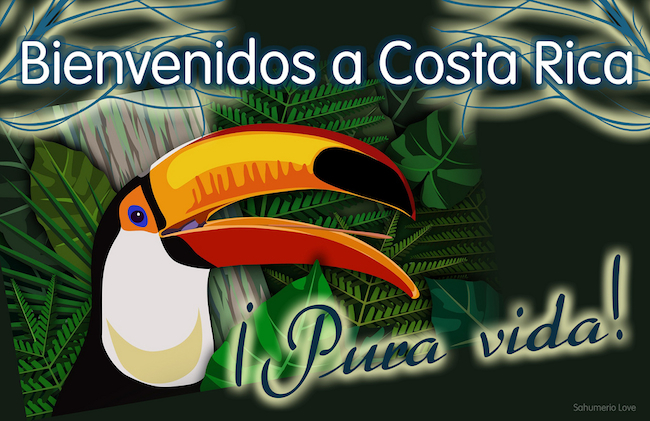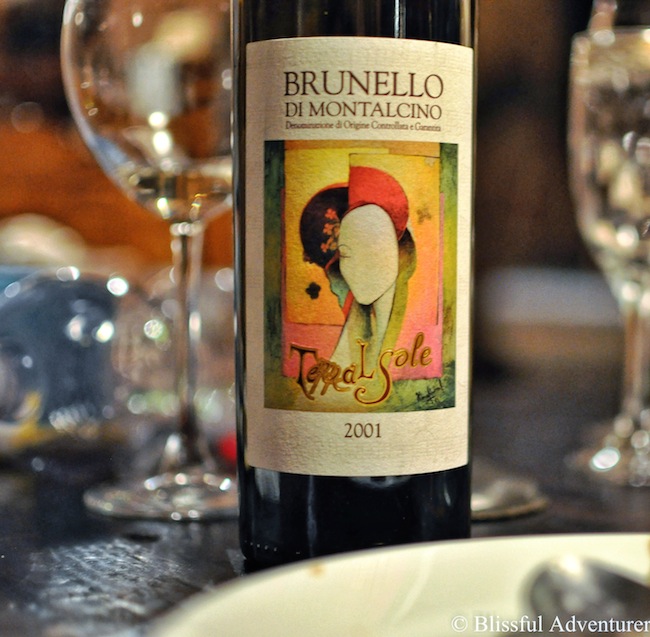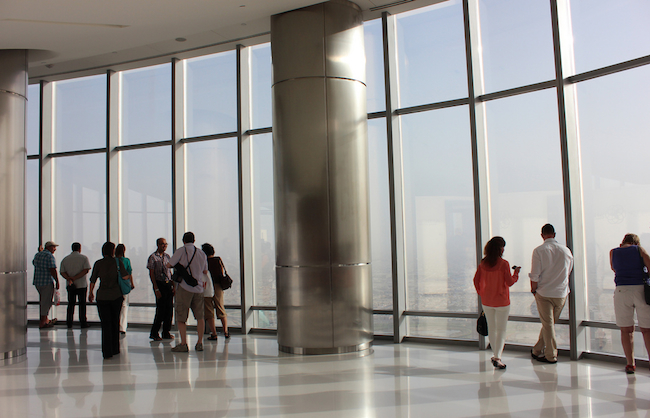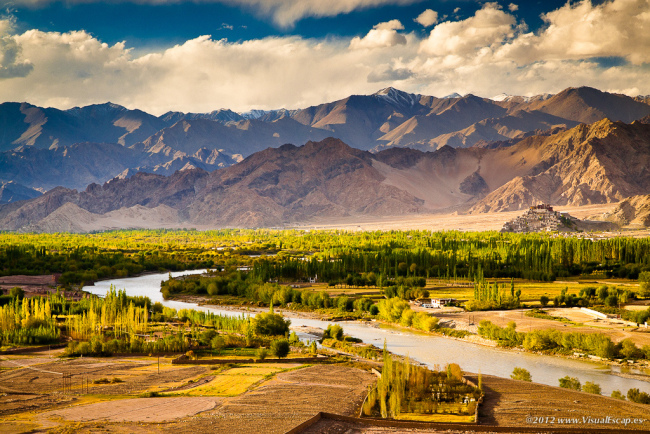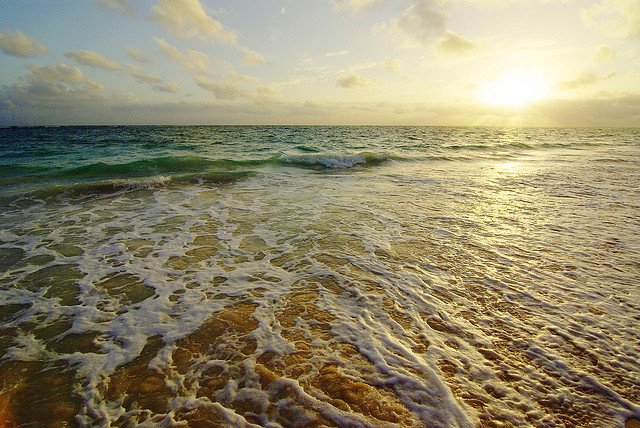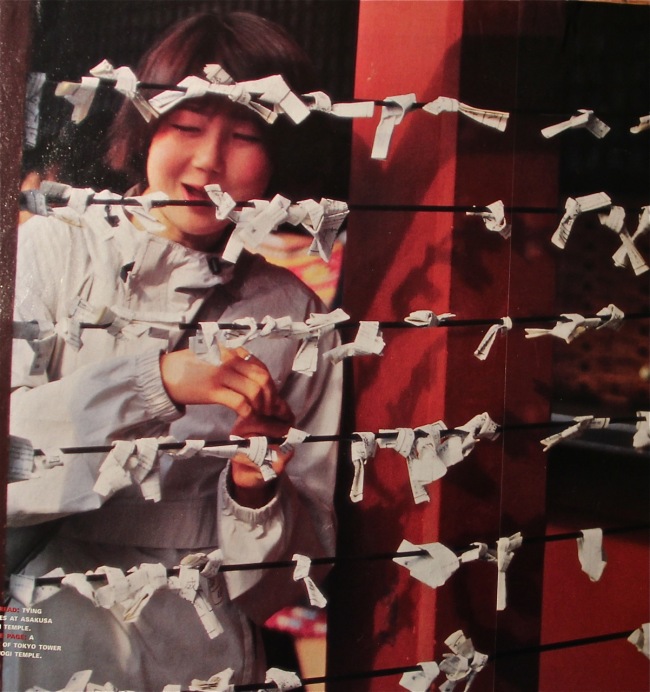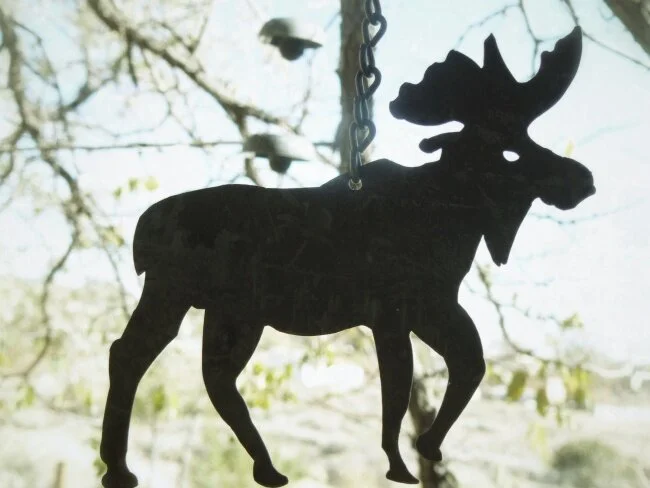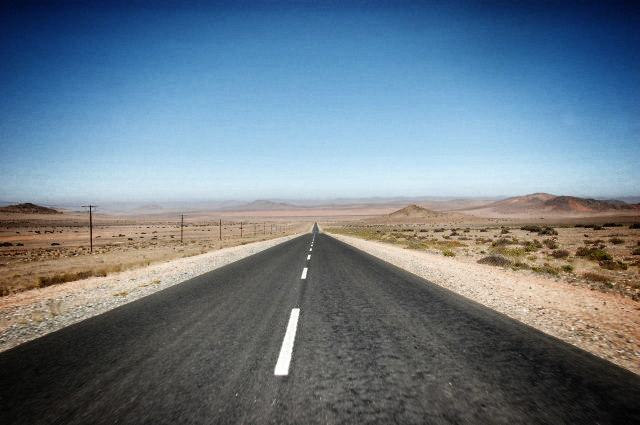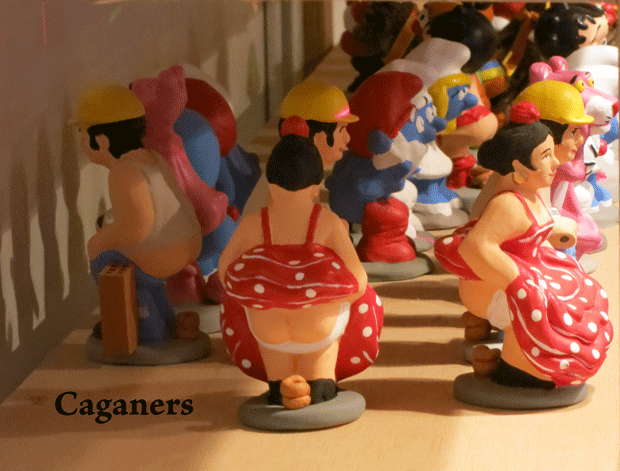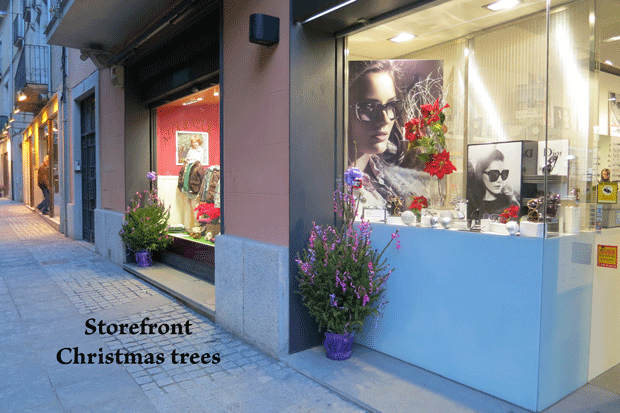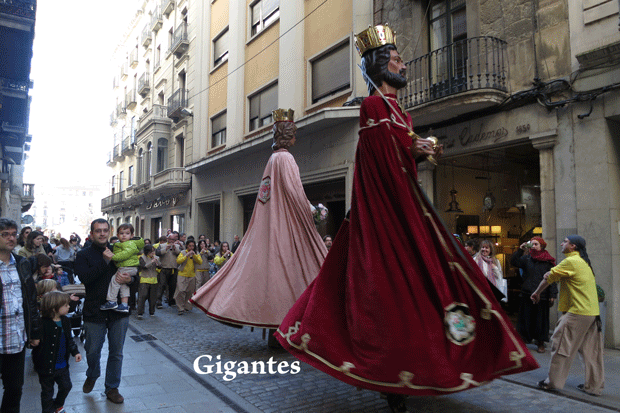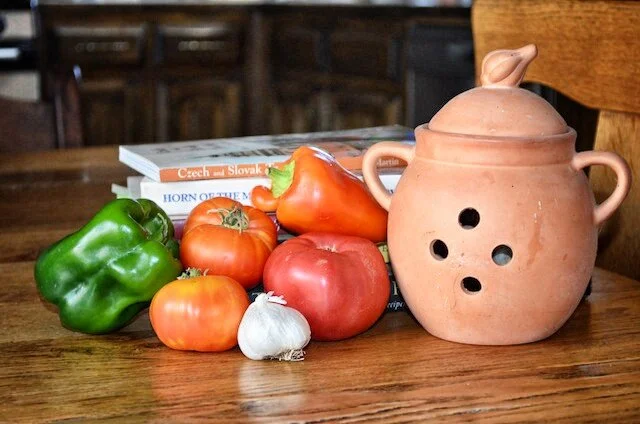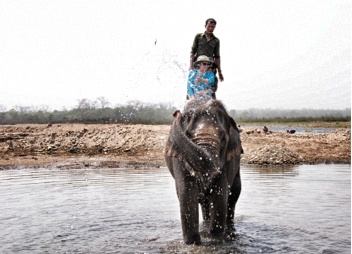by Sasha Hill
When I think of Vietnam, I think of the motorcycles.
My travel partner, Sierra, and I marveled at the sea of them, flowing in a colorful mass around the city streets. We zeroed in on individuals: tiny young women in heels, families with three generations along for the ride. What for us was a cultural statement of rebellion, of reckless daring, was for them just a means of transportation. My grandpa had once punctuated his description of my mother’s “wild” young adulthood by recounting a story of how she once rode a motorcycle up the East Coast with a friend. “I bet she never told you that”, he concluded, in dramatic satisfaction. If he could only see the middle aged Vietnamese ladies, demure in their business suits and protective masks.
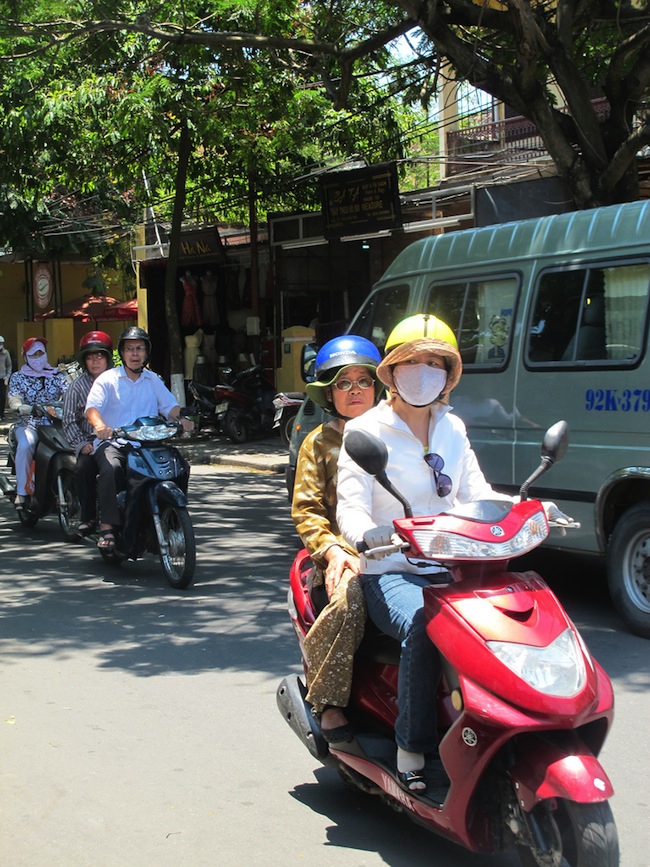
Vietnam was the final stop before we crossed the Pacific to home, after eleven months on the road, from Peru to Asia. We’d brainstormed the trip when we were fourteen, and spent four years planning and saving up.
It was Sierra’s idea to rent the motorcycle. The trip itself was her idea. My role was usually to follow along, checking her only when the ideas got out of hand. Like when she proposed we schlep down from Granada, Spain to Meknes, Morocco a day early on no sleep to make it in time for a Halloween party. Sometimes I regretted my all too responsible reactions. Rent a motorcycle? We had no experience! What if we crashed? And right at the end of our trip.
But I found myself saying yes.


